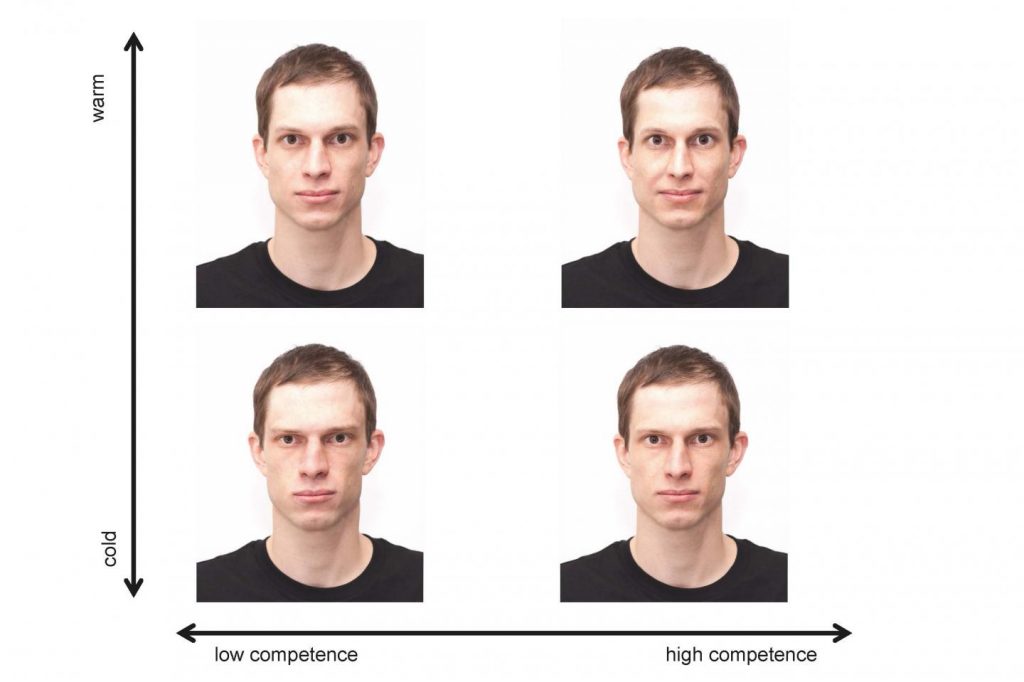Feelings are often associated with physical reactions: terror can send chills down your spine, and love can leave you weak in the knees. A recent study has linked specific emotions to physical sensations. Researchers tested emotional responses in hundreds of subjects and then created maps identifying locations in the body where emotions cause physical changes.
Click here to view the embedded video.
 Somewhat unsurprisingly, the movies have painted a highly inaccurate picture of the power of polygraphs, or so-called lie-detector tests. While many crime dramas showcase a seemingly miraculous technology for distinguishing truths from lies, this portrayal, itself, is far from true.
Somewhat unsurprisingly, the movies have painted a highly inaccurate picture of the power of polygraphs, or so-called lie-detector tests. While many crime dramas showcase a seemingly miraculous technology for distinguishing truths from lies, this portrayal, itself, is far from true. People are often excluded from social groups. As researchers from the University of Basel in Switzerland report in the Journal of Experimental Social Psychology, whether uninvolved observers find this acceptable or not may depend on the facial appearances of those excluded. The exclusion of cold and incompetent looking people is more likely to be accepted.
People are often excluded from social groups. As researchers from the University of Basel in Switzerland report in the Journal of Experimental Social Psychology, whether uninvolved observers find this acceptable or not may depend on the facial appearances of those excluded. The exclusion of cold and incompetent looking people is more likely to be accepted.